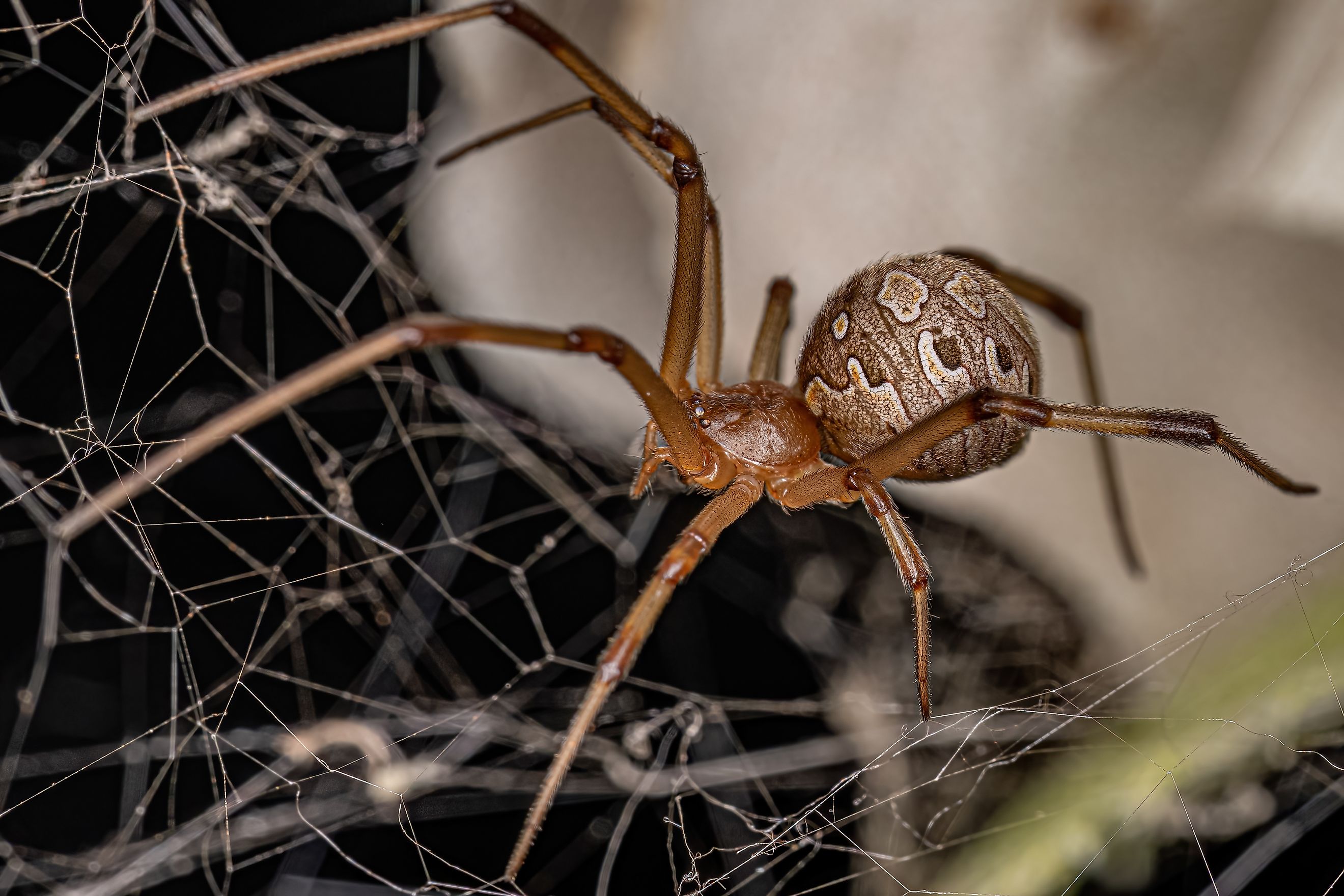
4 Most Venomous Spiders in Georgia
Warm, sunny, and humid, the southern state of Georgia is a paradise for spiders. The state is home to almost 40 species, and while most of these spiders are harmless, some pose a serious threat to humans. There are four prominent venomous spiders in the state, and while you probably won’t see them on your trip, it’s good to be prepared. Learning how to identify these creepy crawlies and knowing how they behave can help keep you safe as you explore Georgia’s beautiful landscapes, quaint small towns, and many cultural and historic attractions.
Black Widow Spider
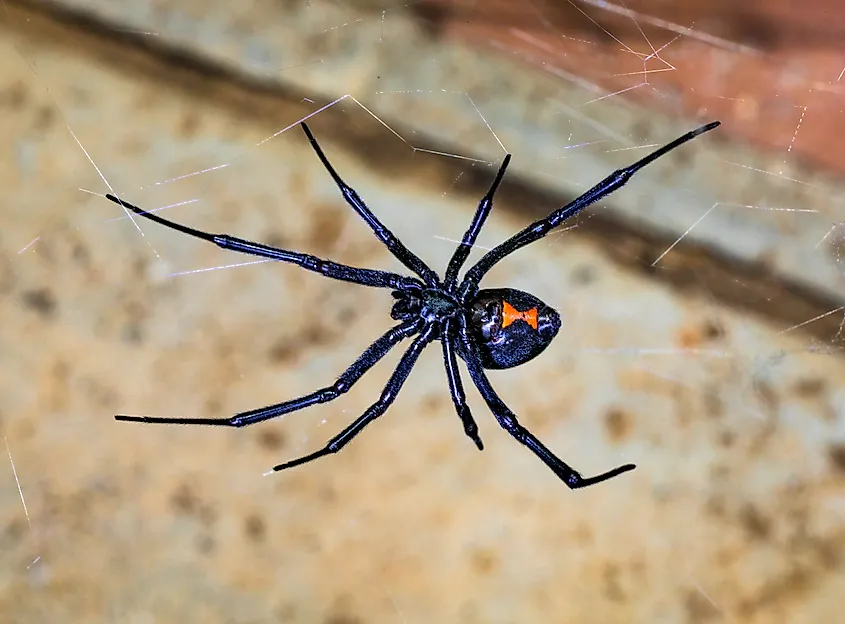
Ask someone to name a deadly spider, and they will likely say, ‘black widow.’ This tiny terror has a fearsome reputation thanks to its striking appearance, fang-like bite, and potent venom. There are two varieties of the spider native to Georgia: the southern black widow, Latrodectus mactans, and the northern black widow, L. variolus. Black widows are easy to identify from their shiny black bodies and their trademark red violin or hourglass-shaped marks on their abdomen. Females can reach 1.5 inches in body length with their legs, which is significantly larger than males.
The venom of a black widow is more potent than a rattlesnake’s, but the good news is that they are non-aggressive to people. These scary critters are more scared of you than you are of them, and if disturbed, they will just try to get out of your way. The best way to avoid them is to be vigilant outdoors — black widows prefer unheated sheds and barns. They could also nest in woodpiles or under garden furniture, logs, or stones.
If you are bitten, don’t panic. Only about five percent of people have a serious reaction to black widow bites. The toxin does affect the nervous system, however, and can cause burning, swelling, muscle stiffness, nausea, or breathing difficulties. If you’re experiencing severe symptoms, seek medical attention right away.
Brown Recluse Spider
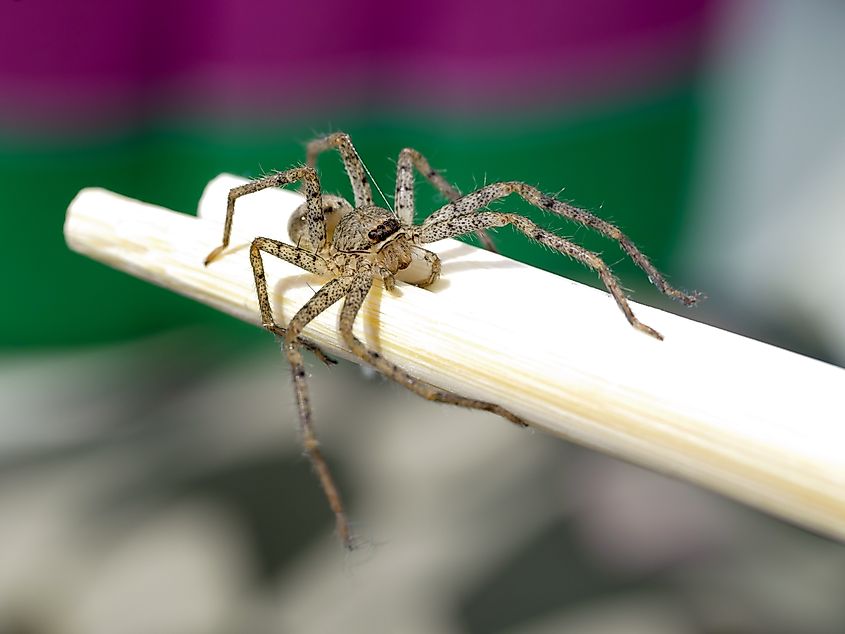
The brown recluse, Loxosceles reclusa, is found in Georgia and other parts of the southeastern United States. It is sometimes referred to by its nickname, the violin spider, due to a violin-shaped marking behind its head. Another unusual aspect of their appearance is that they have six eyes instead of the usual eight for most arachnids, and their dark brown abdomen is covered in fine hairs, making it appear velvety. As its official name suggests, the brown recluse is very timid and prefers to hide away in dark, sheltered spaces out of reach of human disturbance.
That’s a good thing because the venom from a brown recluse is a powerful toxin that has a necrotic effect, meaning it causes skin cells to die and rot. In most instances, a bite will be nothing more than a nasty sting, but in severe reactions, the skin around the bite can fester and scar. In very rare cases, bites have proven fatal. If a brown recluse bites you, clean the wound, ice it, and elevate the bite site. If the wound worsens or you start to experience itching, chills, fever, nausea, or sweating, contact a medical professional.
Joro Spider
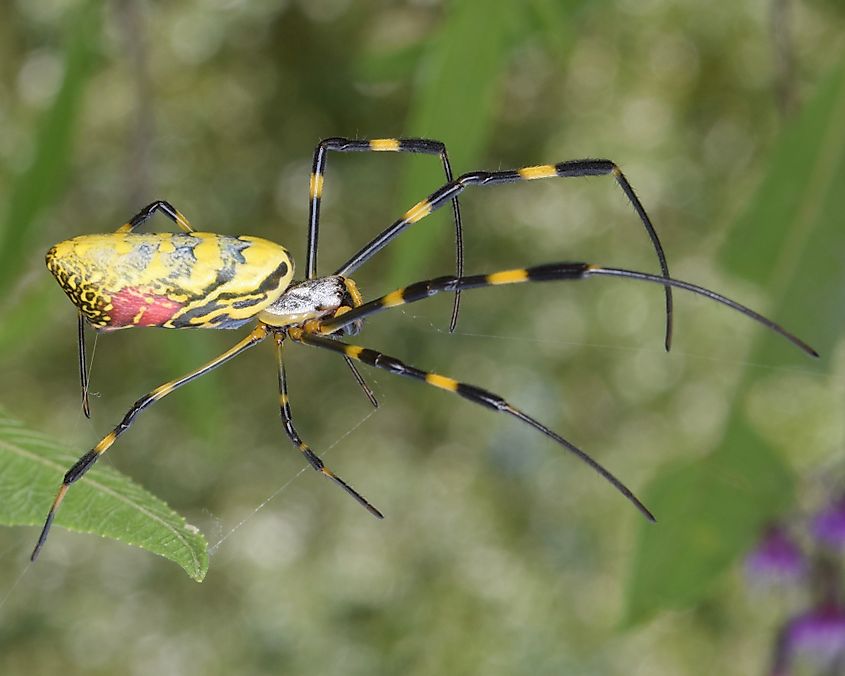
The joro spider, Trichonephila clavata, is a relatively new introduction to Georgia and, being venomous, is a very unwelcome immigrant. These eye-catching yellow and silver spiders are native to Asia and began appearing in the Peach State in 2014. As of 2024, joro spiders are found across northern Georgia and are hard to miss. Adult females can grow up to three inches long and have a striped body with black legs. Joros are invasive but not aggressive. Like most spiders, they want nothing to do with humans. Although they are venomous, their venom is not very powerful. It’s designed for small insect prey, so it doesn't do much damage to humans. If you’re bitten, which is unlikely, it will feel mainly like a bee sting.
Brown Widow Spider
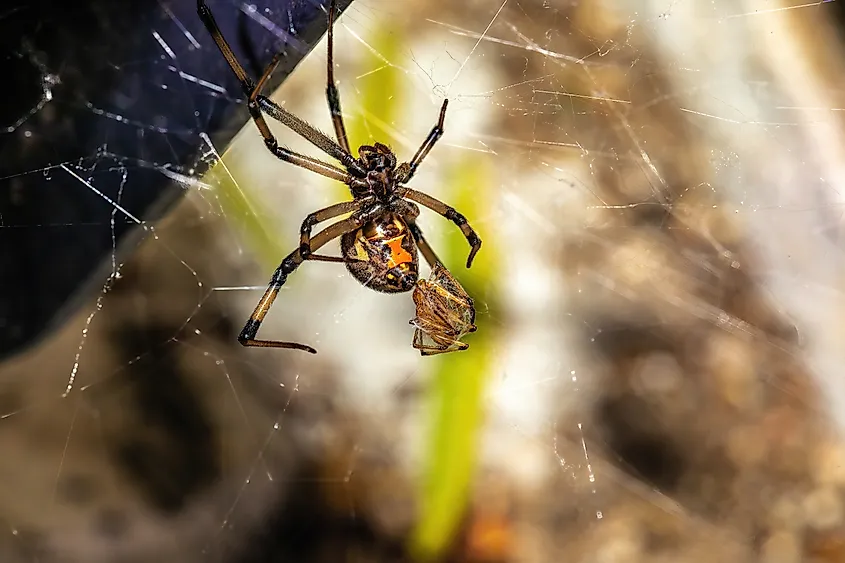
The brown widow, Latrodectus geometricus, has light-colored markings, pale legs with dark joints that look striped, and an orange-yellow hourglass on its abdomen, reminiscent of its close cousin, the black widow. Like the black widow, the brown widow is venomous and carries a powerful neurotoxin in its bite, but it injects less venom when it attacks, making it considerably less dangerous. Bites can be painful, although they are rarely serious. You’re more likely to run into a brown widow than its scarier cousin, as these spiders typically choose places that are more exposed, such as mailboxes, garages, under eaves, and closets.
Be Spider Safe
There’s a lot of misinformation about spiders. Sure, you don’t really want them as traveling companions. However, they are rarely as dangerous or threatening as they seem. If you’re in Georgia, you might see some of its eight-legged residents, but they don’t want to see you. They likely run out of sight or scurry away. Accidental encounters generally happen when people reach into dark spaces without checking, moving outdoor furniture, or putting on shoes or clothing that have been sitting around for a while. If you brush up against a spider and get a bite, try to identify the arachnid. It’s probably just a house spider, but if not, you’ll need to keep an eye on the bite and get it checked out if it doesn’t heal or causes more than minor irritation. With careful attention to your surroundings and a common sense approach to creepy crawlies, you can enjoy your trip to Georgia without being bothered by bugs.











